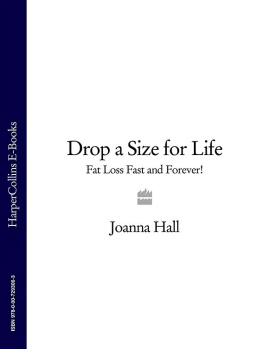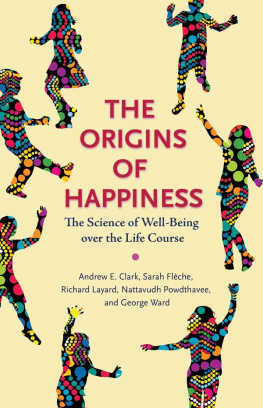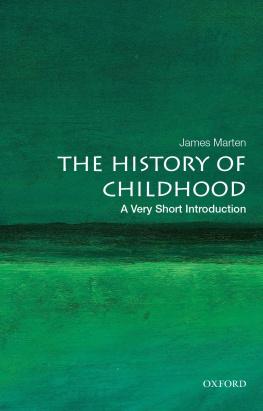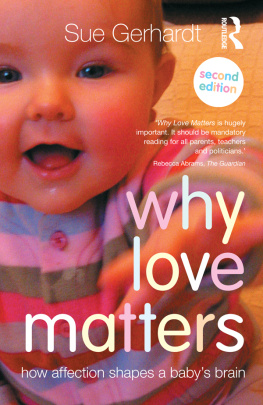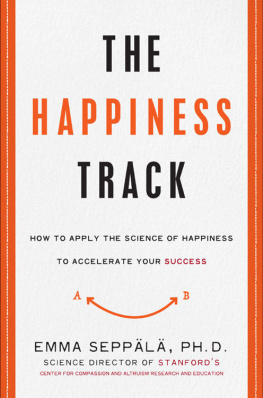Stephen S. Hall - Size Matters: How Height Affects the Health, Happiness, and Success of Boys--and the Men They Become
Here you can read online Stephen S. Hall - Size Matters: How Height Affects the Health, Happiness, and Success of Boys--and the Men They Become full text of the book (entire story) in english for free. Download pdf and epub, get meaning, cover and reviews about this ebook. year: 2006, publisher: HarperCollins, genre: Romance novel. Description of the work, (preface) as well as reviews are available. Best literature library LitArk.com created for fans of good reading and offers a wide selection of genres:
Romance novel
Science fiction
Adventure
Detective
Science
History
Home and family
Prose
Art
Politics
Computer
Non-fiction
Religion
Business
Children
Humor
Choose a favorite category and find really read worthwhile books. Enjoy immersion in the world of imagination, feel the emotions of the characters or learn something new for yourself, make an fascinating discovery.
- Book:Size Matters: How Height Affects the Health, Happiness, and Success of Boys--and the Men They Become
- Author:
- Publisher:HarperCollins
- Genre:
- Year:2006
- Rating:3 / 5
- Favourites:Add to favourites
- Your mark:
Size Matters: How Height Affects the Health, Happiness, and Success of Boys--and the Men They Become: summary, description and annotation
We offer to read an annotation, description, summary or preface (depends on what the author of the book "Size Matters: How Height Affects the Health, Happiness, and Success of Boys--and the Men They Become" wrote himself). If you haven't found the necessary information about the book — write in the comments, we will try to find it.
With a mix of fresh research, incisive reportage, and bracing candor, Size Matters traces the surprising history of societys bias against shortness and reveals how short people can and do thrive in spite of this insidious bigotry. Drawing on his own childhood experiences (he was shorter than 99 percent of boys his age), Stephen Hall explains the evolution of the growth chart, the biology of childhood aggression, and the wrenching phenomenon of bullying. He explores the factors that determine why one childs small stature may lead to anguish while another short child develops an emotional resilience that will enrich his later life. Weaving together recent findings from the fields of animal behavior, psychology, and evolutionary biology, Hall assesses the role of physical size in mating success and argues that the alpha male may not be king of the mountain after all.
Hall also pinpoints the social forces that create and cash in on our anxieties about size, from bulked-up superhero action figures to pharmaceutical companies selling growth hormone to increase a childs height at a cost of up to $40,000 a year. He introduces us to families who have agonized over whether to make that huge investment. He explains new research showing that a persons height as a teenager has lifelong psychological consequences. He even tracks down kids he bullied in elementary school and kids who bullied him in high school to show that these childhood encounters have lasting effects on our adult lives. Along the way, Hall builds a persuasive case against societal attitudes that make size (or any difference) matter and argues forcefully that being short has psychological, social, and biological advantages. Size Matters will raise the consciousness and the spirits of any short male and anyone who cares about him.
Stephen S. Hall: author's other books
Who wrote Size Matters: How Height Affects the Health, Happiness, and Success of Boys--and the Men They Become? Find out the surname, the name of the author of the book and a list of all author's works by series.




